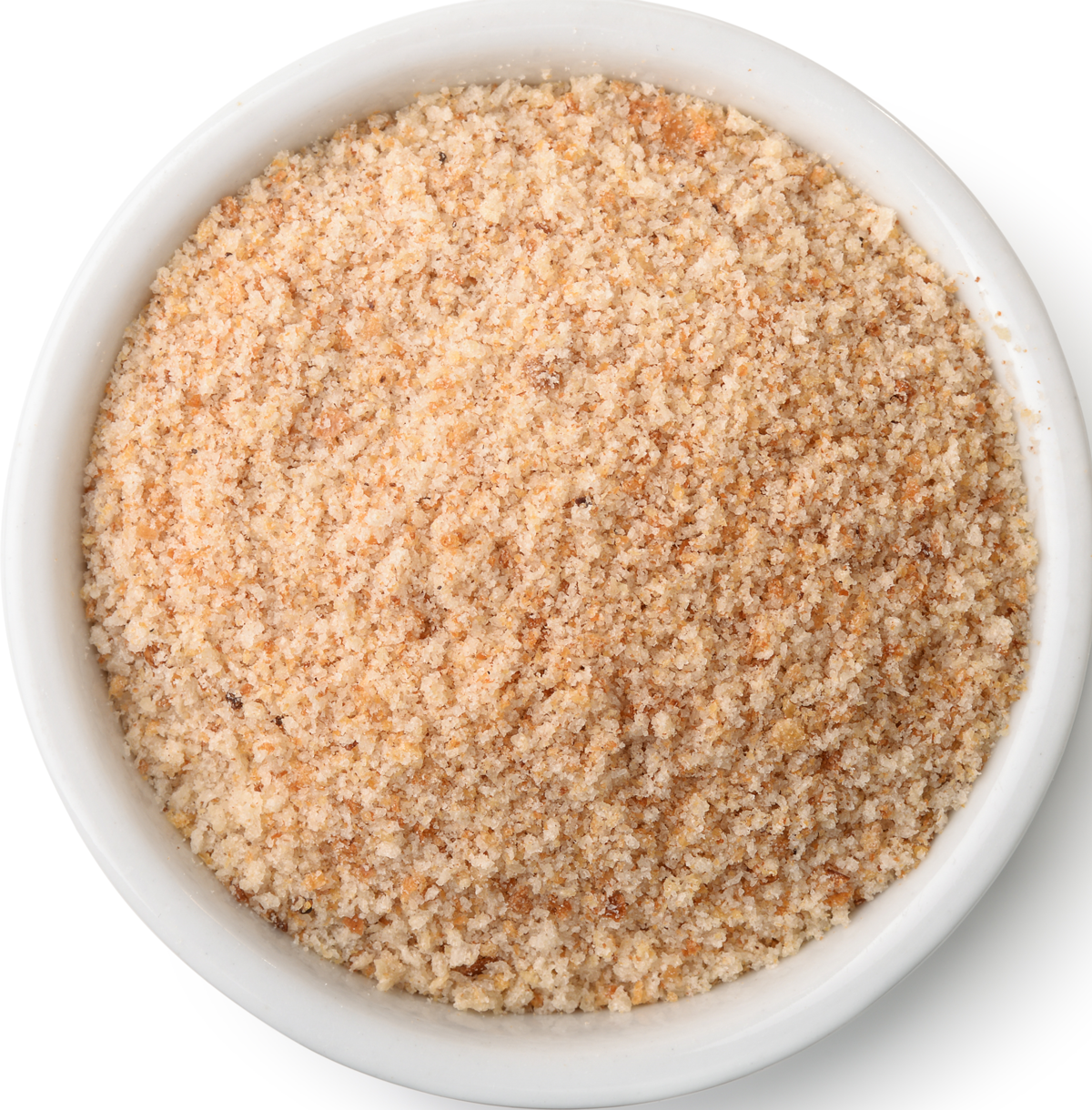¿Por qué comer granos integrales?
Los granos integrales tienen muchos beneficios para la salud.
Comerlos puede ayudar con lo siguiente:
- Mantener tus encías sanas. Comer más granos integrales puede reducir el riesgo de enfermedades de las encías, que son más habituales durante el embarazo. Una enfermedad grave de las encías puede provocar un parto prematuro y bajo peso al nacer.
- Controlar el peso. Los granos integrales sacian más que el pan blanco y otros granos refinados.
- Reducir el riesgo de padecer diabetes. No comer suficientes granos integrales se relaciona con más del 25 % de los casos de diabetes tipo 2 en todo el mundo.
- Proteger el corazón. Los granos integrales pueden reducir el riesgo de sufrir enfermedades cardíacas y accidentes cerebrovasculares.
- Reducir el riesgo de cáncer. Comer más granos integrales se relaciona con un riesgo un 22 % menor de padecer cánceres digestivos, incluido el de colon.










